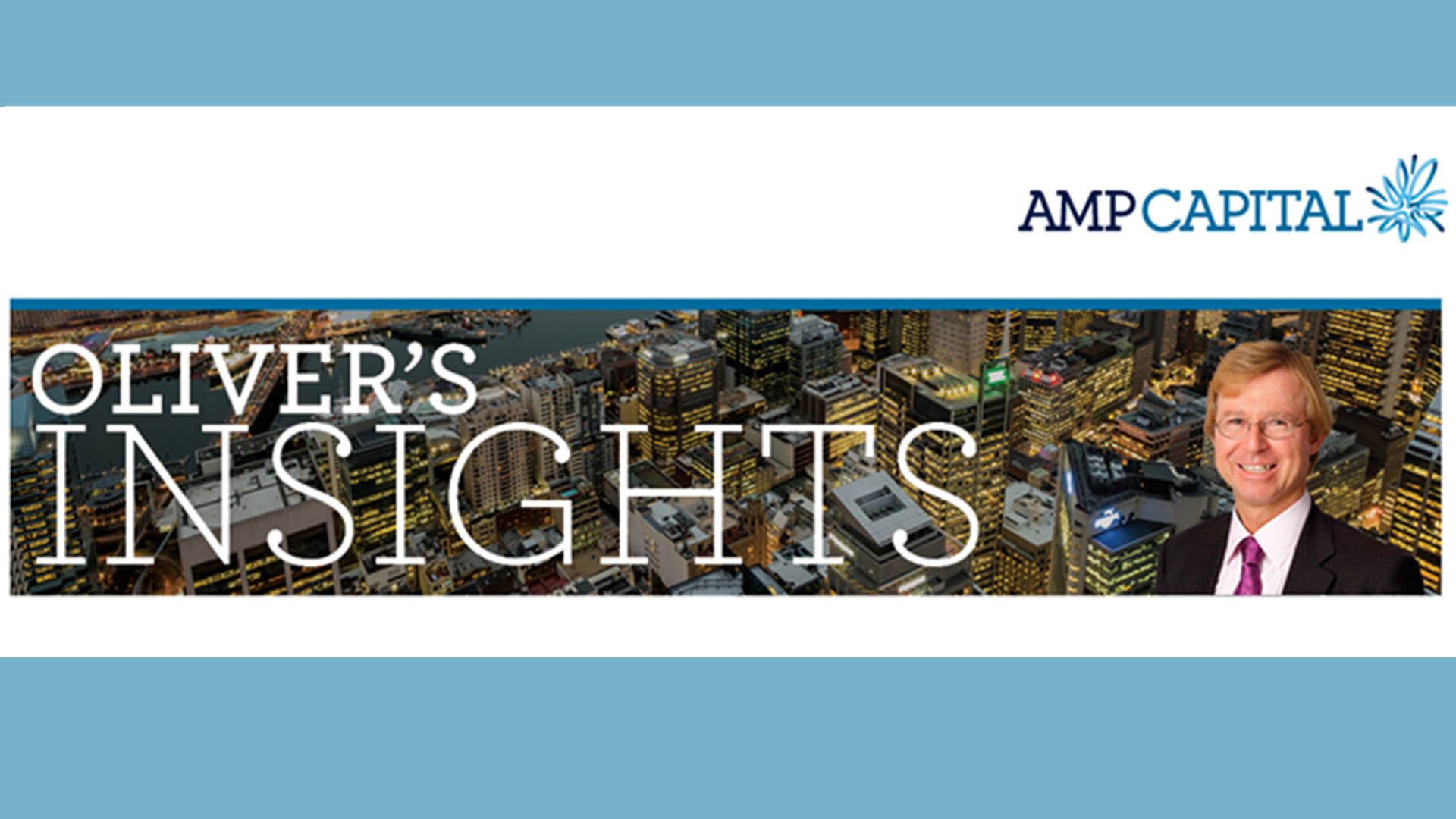The US Federal Reserve has defied President Donald Trump and lifted its key interest rate for a 4th time this year – but suggested strongly that it might cut the number of increases next year to just two.
The news stopped a small rebound in markets in its stride when announced at 6am Sydney time Thursday.
Wall Street dipped, halving its gains at one stage and ending down 352 points for the Dow – a 600 point range on what turned out to be a volatile day. The Aussie dollar fell more than half a cent, ending around 71 US cents. Gold fell, but oil rose more than 3%.
The ASX will down more than 20 points at the opening this morning, according to the futures market
At the same time the Fed cut its forecasts for the US economy for 2019 and now thinks there could now be two rate rises next year instead of three suggested by the interest rate dot plot issued in September.
That seems to be more a response to the feeling the long US economic recovery is ageing and starting to fray at the edges with some investors suggesting the slide in share prices reflects that.
The Dow has fallen over 3,000 points since an October high and the Nasdaq is down 17%. The S&P 500 is off more than 12%.
But the central bank ignored this volatility markets and outlook for more in early 2019.
In its final post meeting statement for 2018 the Fed said:
“In view of realized and expected labor market conditions and inflation, the Committee decided to raise the target range for the federal funds rate to 2-1/4 to 2-1/2 percent.”
“The Committee judges that some further gradual increases in the target range for the federal funds rate will be consistent with sustained expansion of economic activity, strong labor market conditions, and inflation near the Committee’s symmetric 2 percent objective over the medium term.”
“In determining the timing and size of future adjustments to the target range for the federal funds rate, the Committee will assess realized and expected economic conditions relative to its maximum employment objective and its symmetric 2 percent inflation objective.
“This assessment will take into account a wide range of information, including measures of labor market conditions, indicators of inflation pressures and inflation expectations, and readings on financial and international developments.”
The Fed’s latest rate rise came after another call by Trump for the central bank to keep rates steady. The president begged the Fed Tuesday to consider a steep stock sell-off on Wall Street and to halt the succession of rate hikes.








